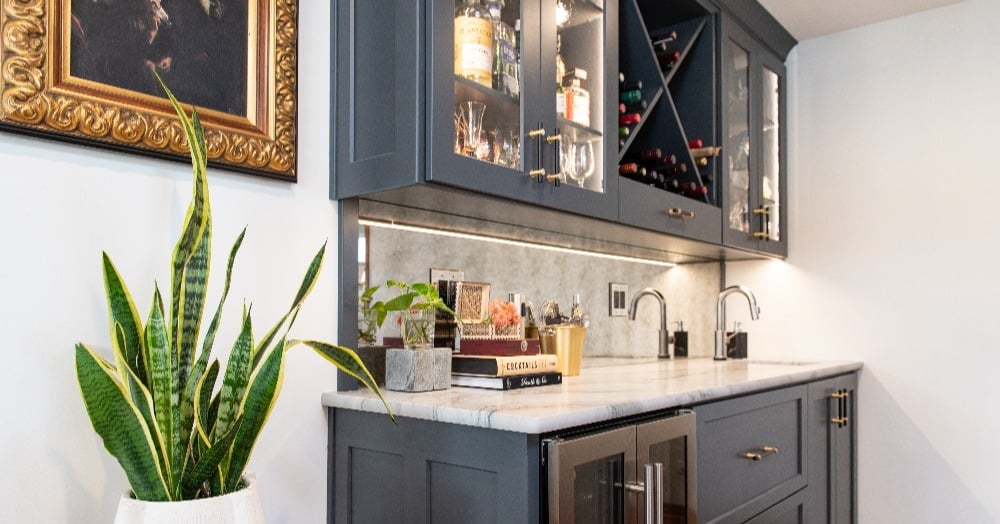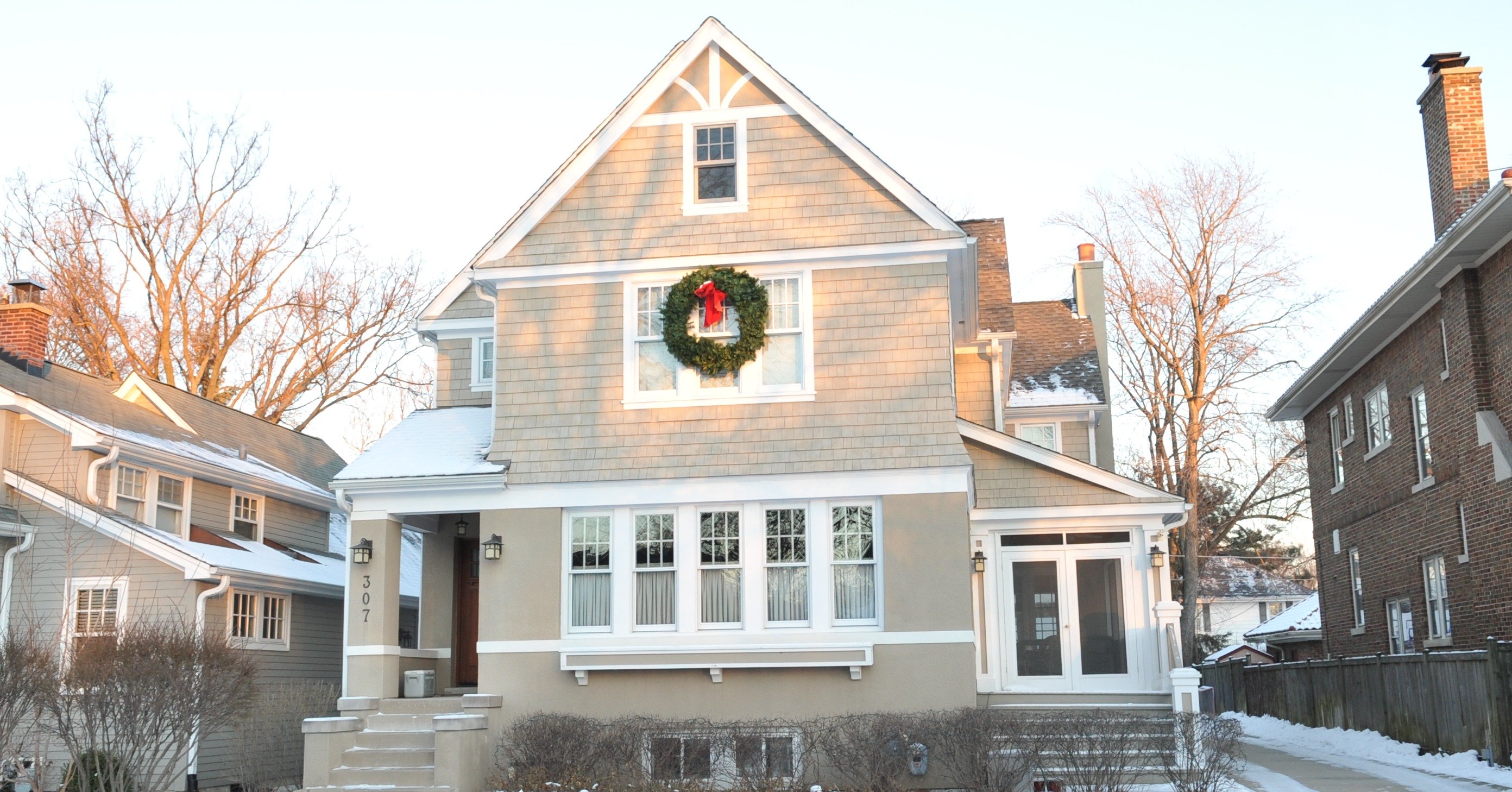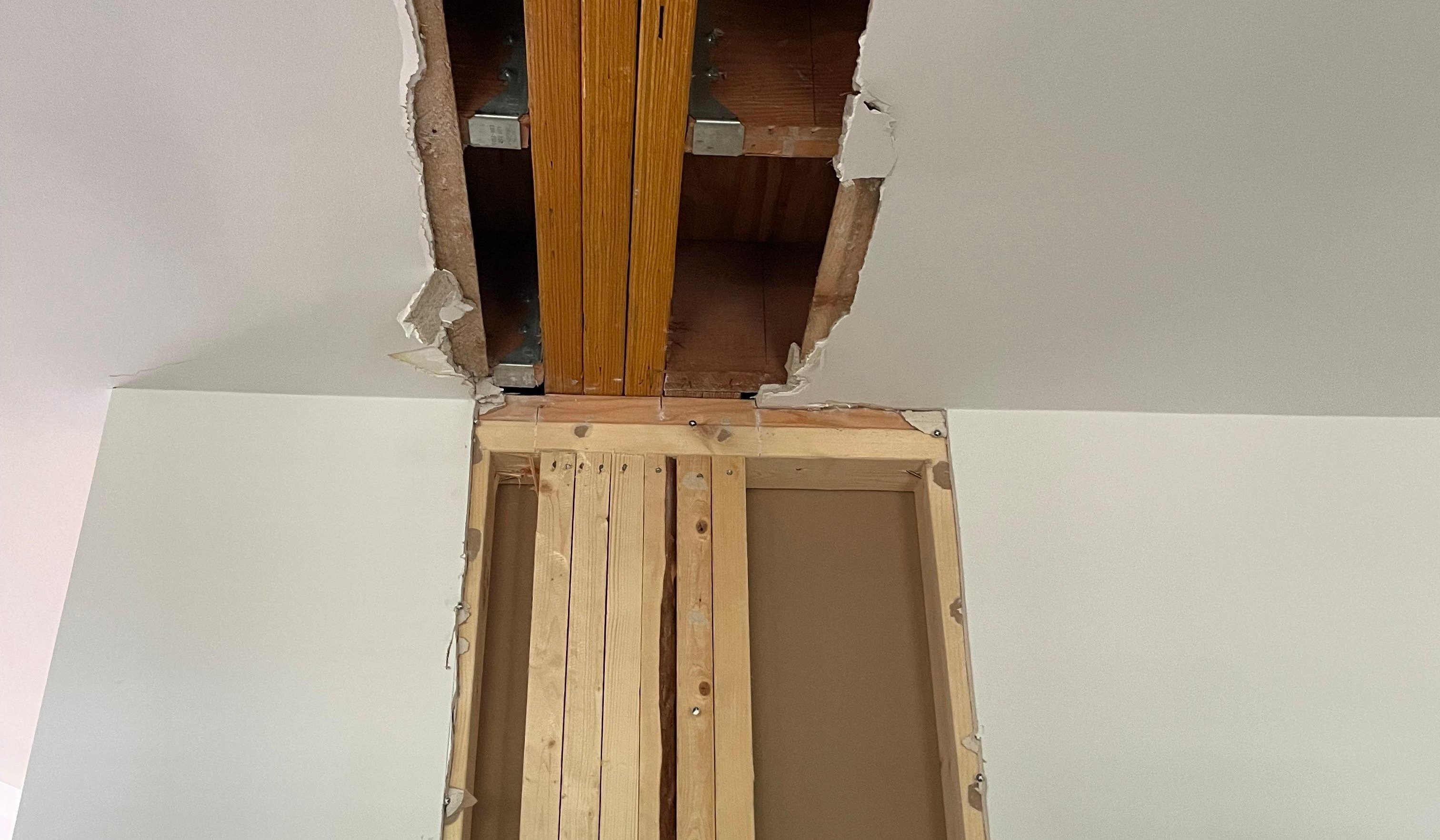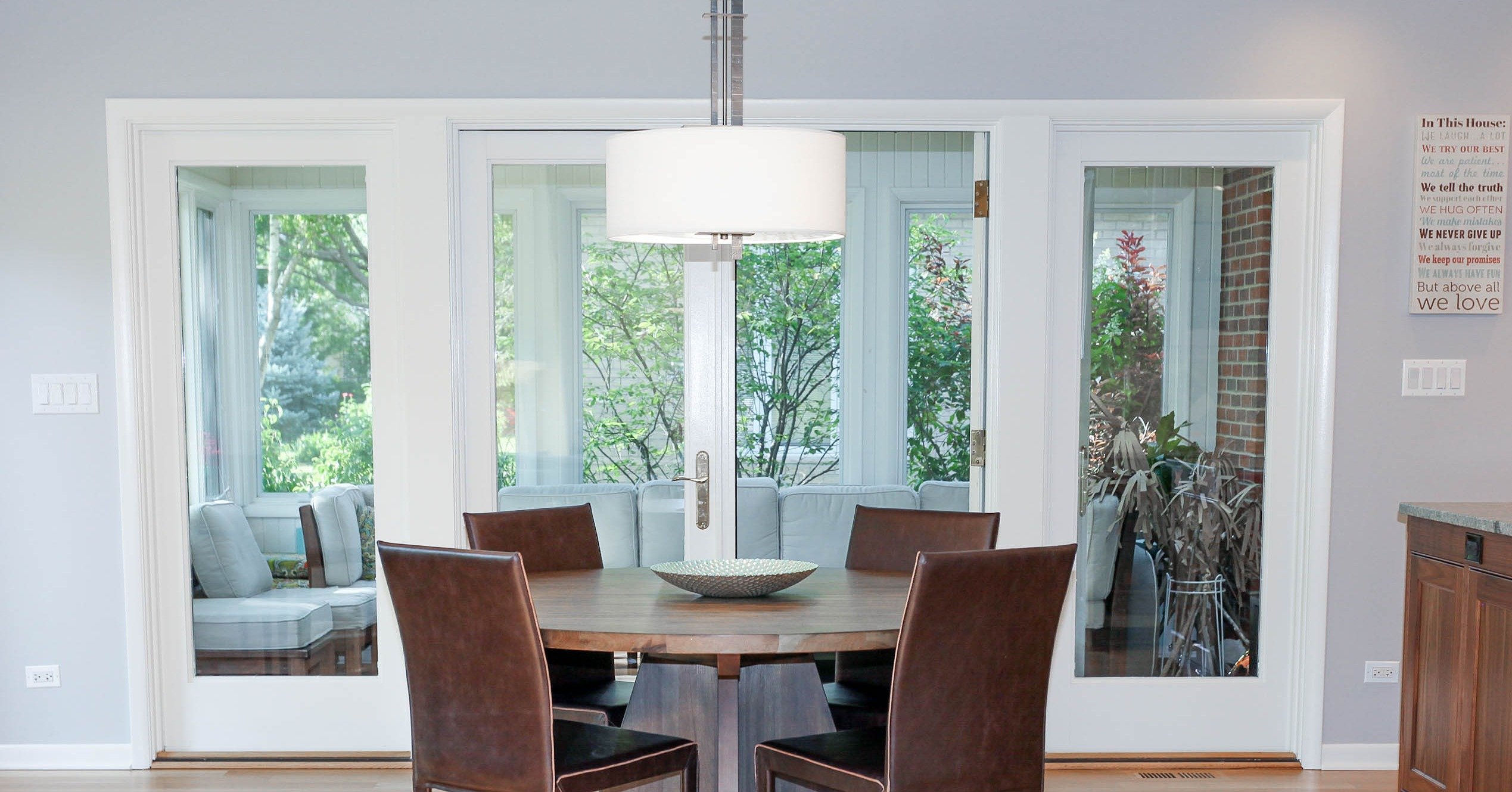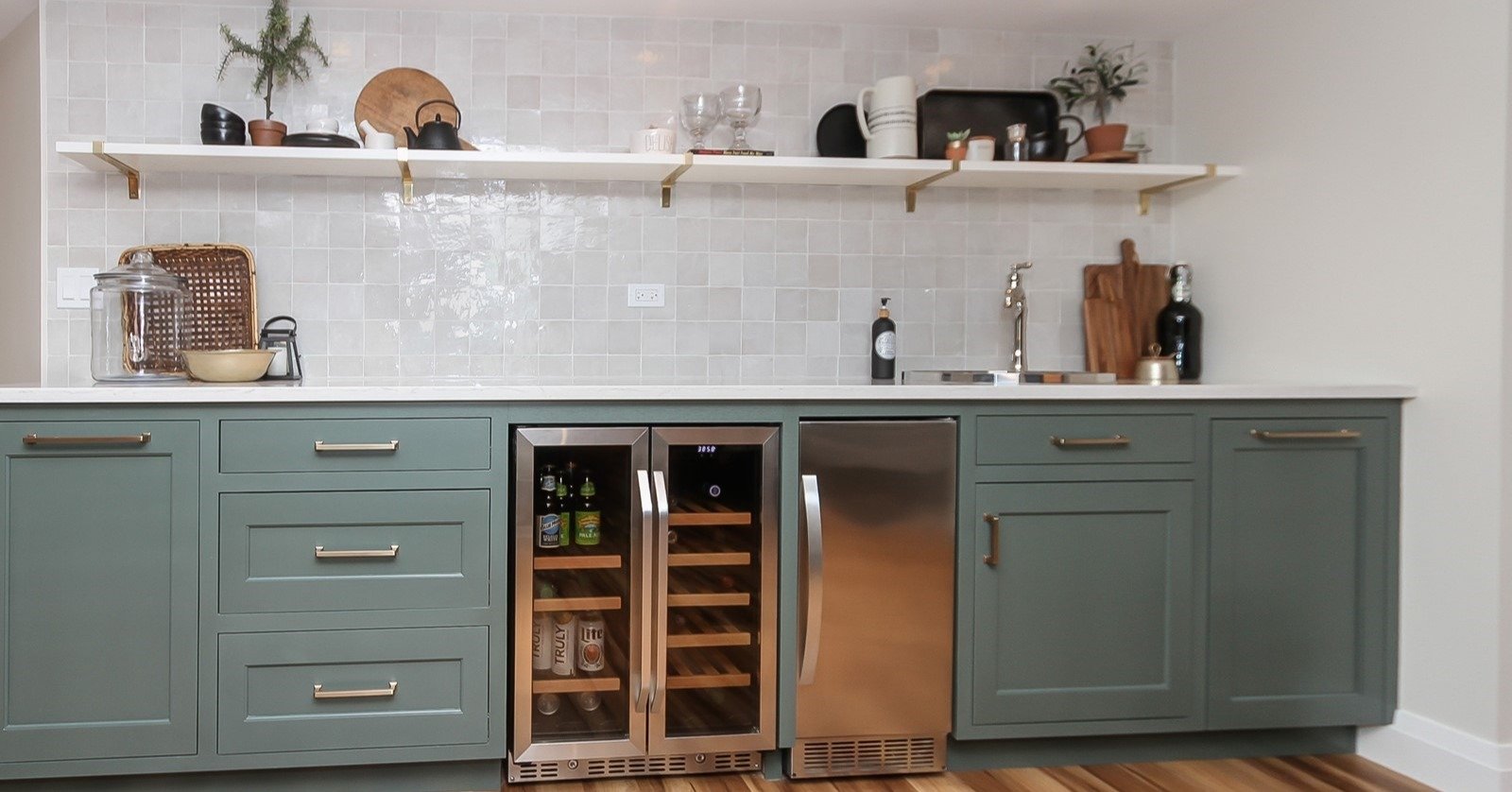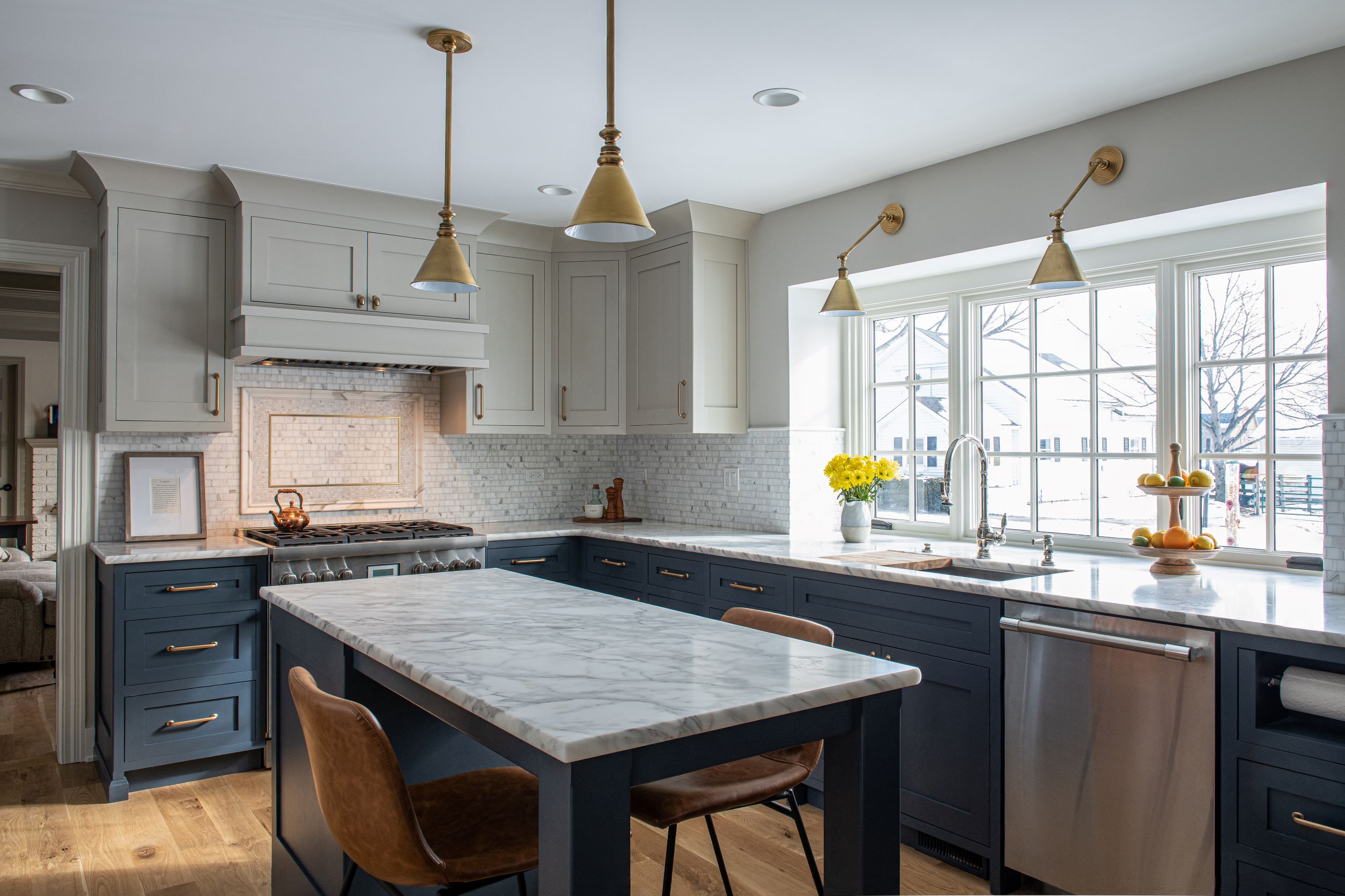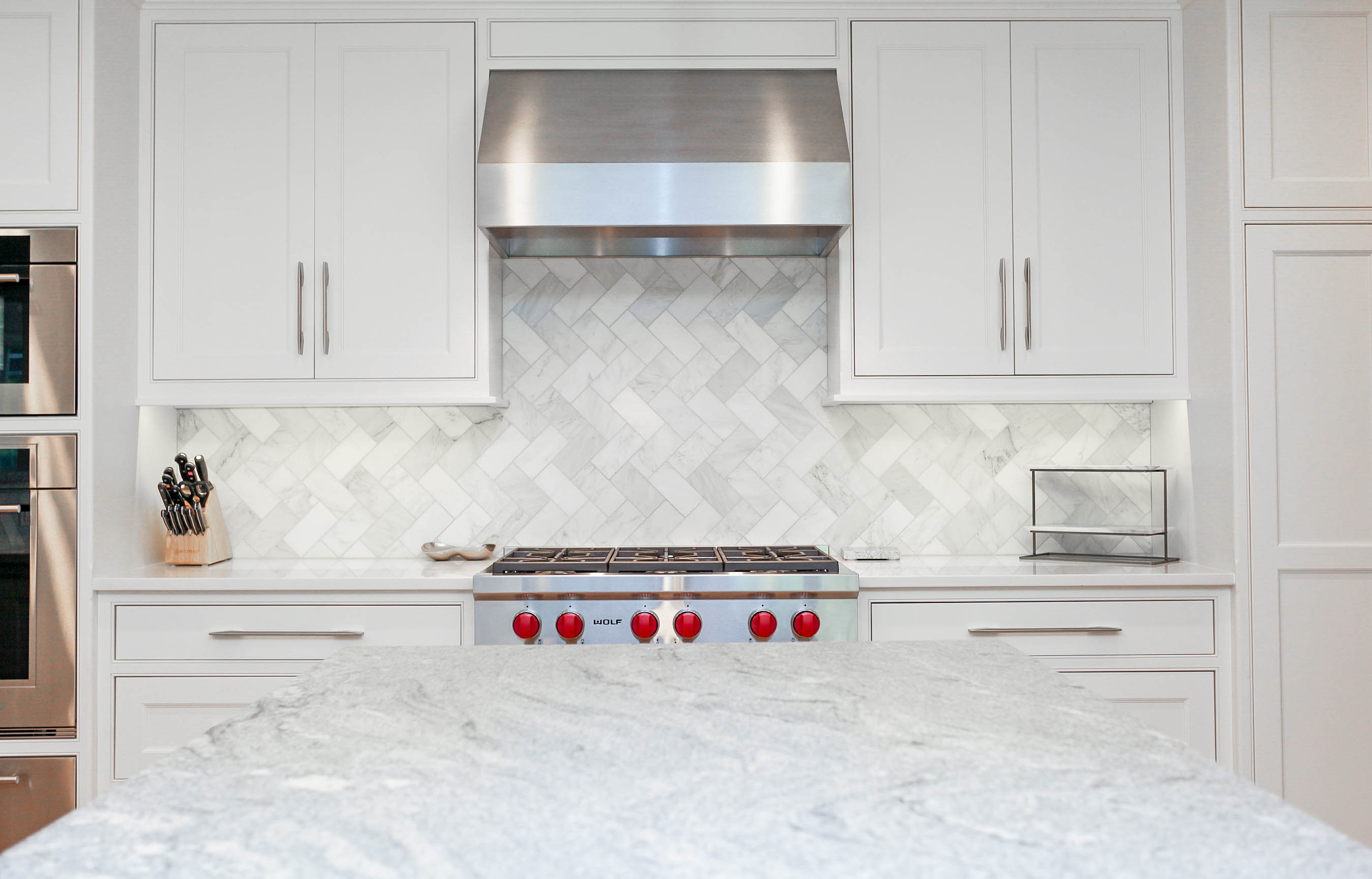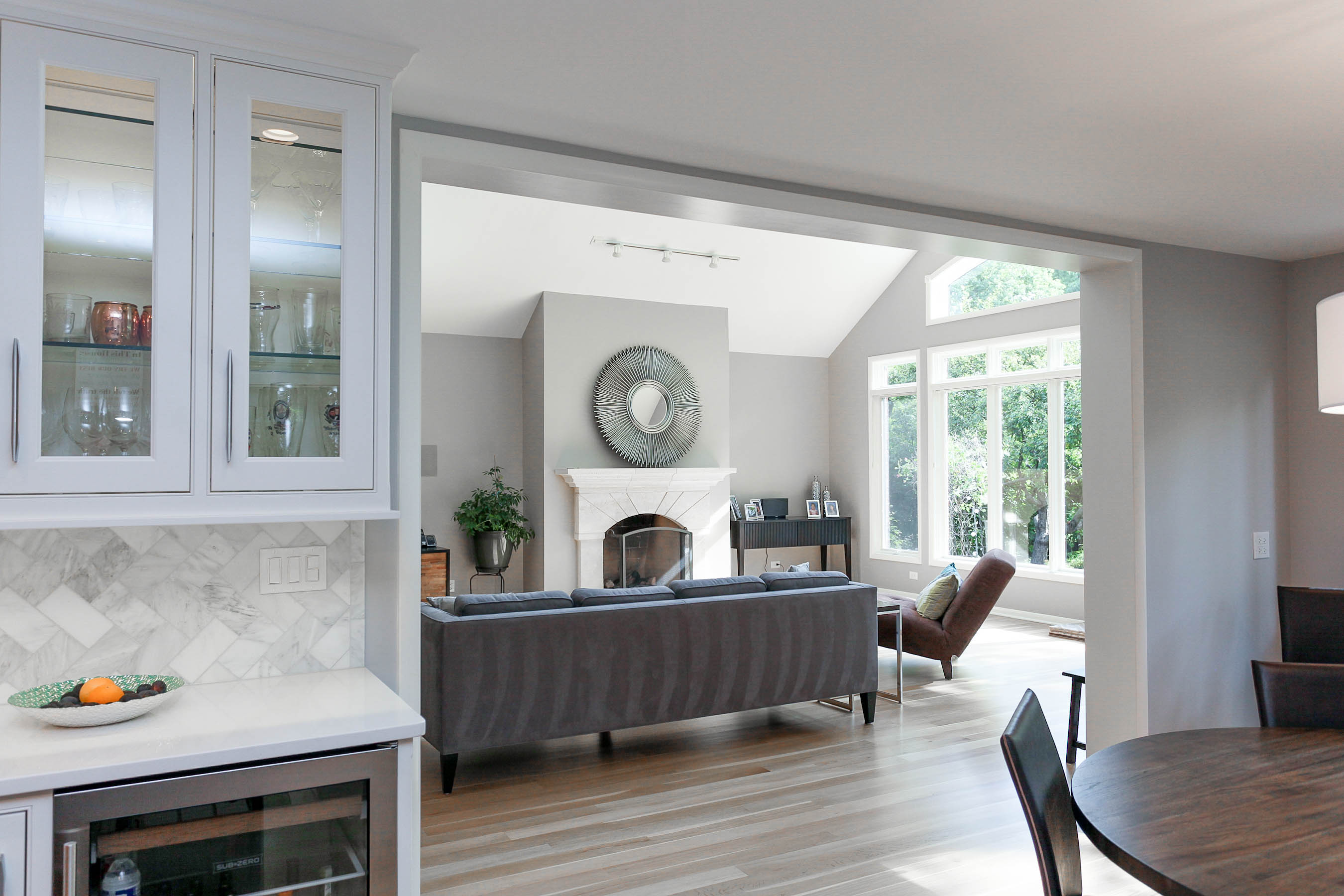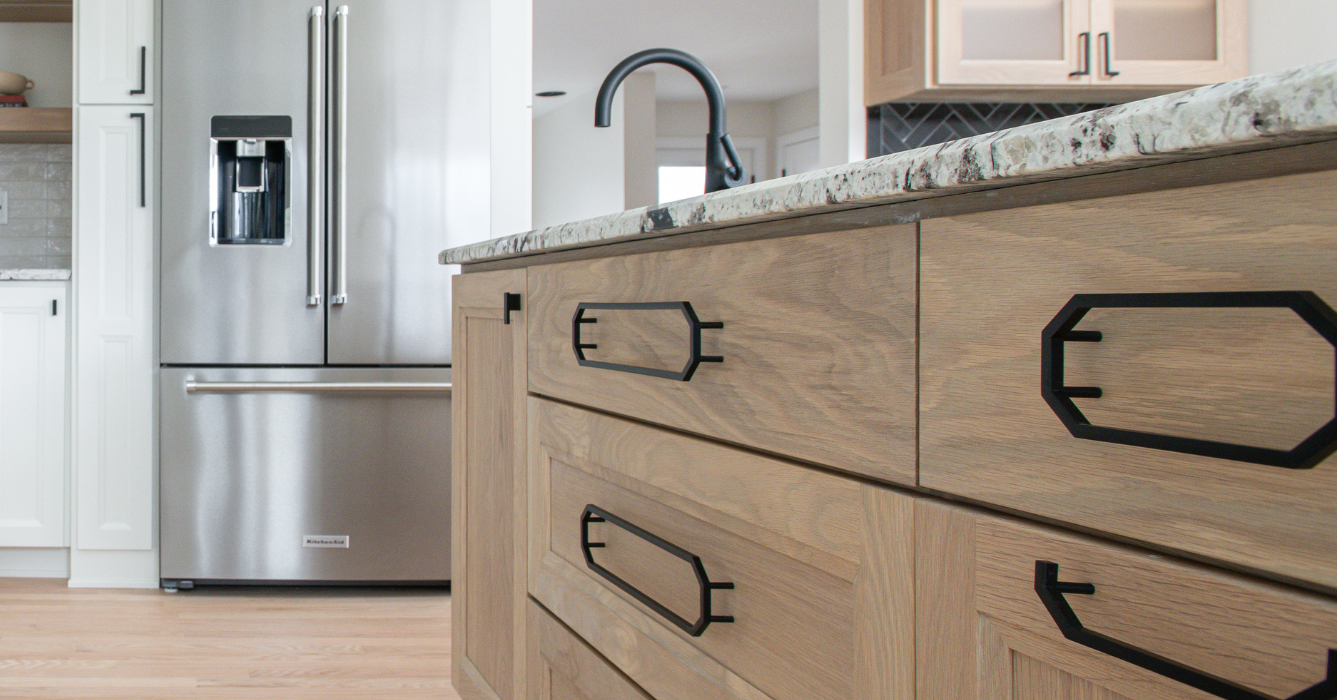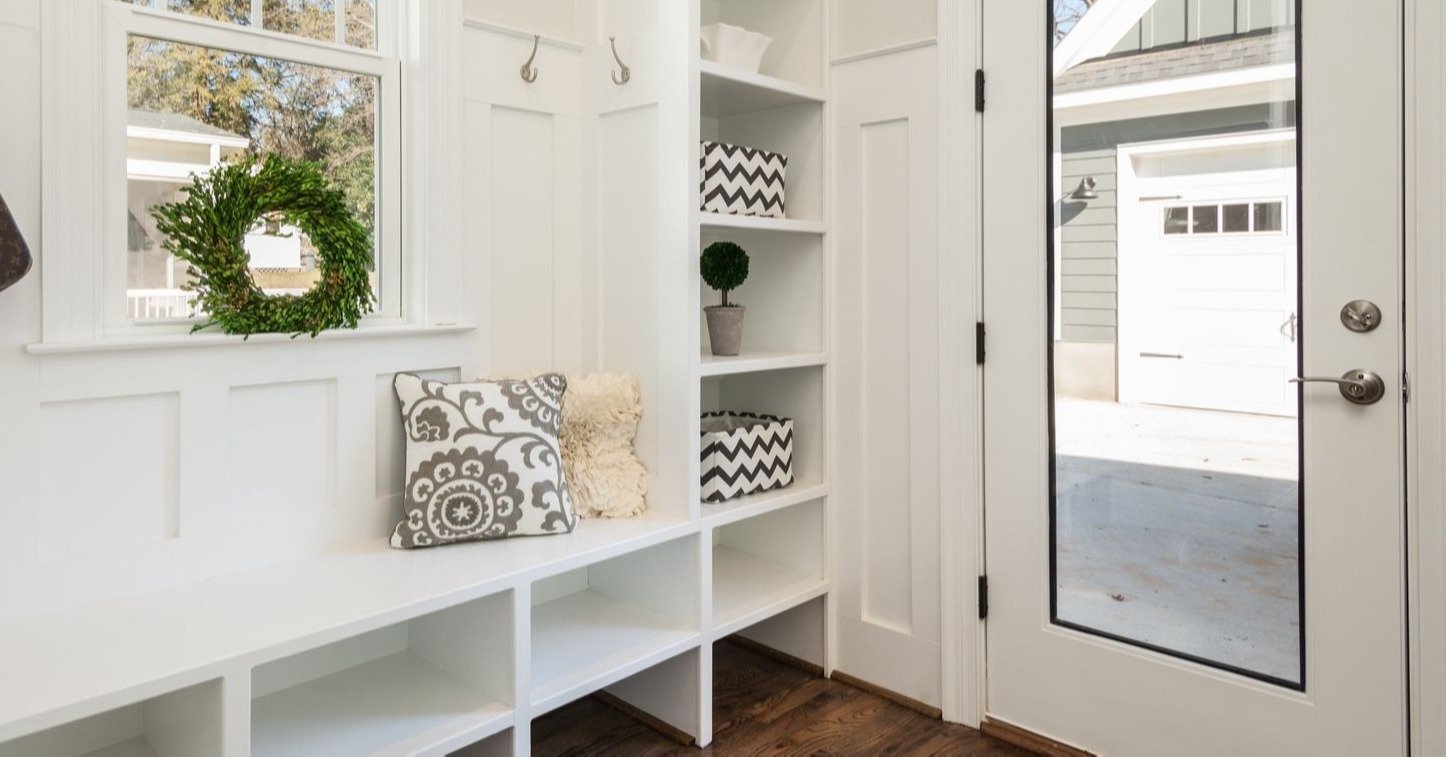Design-Build Remodeling 101: Plan Your Dream Home with Confidence

Listen to the Blog Post
You deserve a home that fits your life today and supports how you want to live tomorrow. If your current space feels cramped, dated, or simply out of step with your family’s needs, a thoughtful design-build approach can turn that frustration into a clear, achievable plan.
The design-build project delivery method brings your designer, builder, and construction team together under a single contract to create a streamlined process with better project management and fewer surprises. It’s a proven model recognized by the Design-Build Institute of America (DBIA) for producing faster timelines, stronger collaboration, and measurable cost savings compared to traditional design-bid-build construction.
Below is the process many homeowners in Chicago’s Northwest suburbs follow to move from “something isn’t working” to “this is exactly what we needed.”
1. Define What Isn’t Working in Your Current Home
Every successful construction project starts with clarity. Before any plans or drawings, your design-builder will help you identify what’s not working in your current space.
- Embarrassed to host: Maybe you avoid inviting friends over because your kitchen feels outdated with worn cabinets, old flooring, and poor lighting that make entertaining stressful instead of joyful.
- Cramped or cluttered rooms: You’re constantly bumping into furniture or searching for storage. Closets overflow, and it feels like there’s never enough room to breathe.
- Disconnected spaces: Walls separate your family instead of connecting you. You crave an open, connected layout where cooking, dining, and relaxing happen together.
- Lack of privacy: Your “home office” might still be the kitchen table, and quiet time feels impossible with kids and pets nearby.
- Broken promises: You’ve said “someday we’ll remodel,” but life got in the way. Each outdated room reminds you of plans still waiting to happen.
- Safety or aging systems: Old wiring, worn stairs, or drafty windows make your home feel like a worry instead of a refuge.
- Accessibility needs: Maybe stairs are becoming a challenge, or you’re preparing for aging parents to move in. You want design solutions that provide comfort and independence through every stage of life.
2. Define What You Need Now and Later
Once your pain points are clear, your design-build contractor will help you define what success looks like today and in the future. This early design phase focuses on understanding your routines, goals, and long-term needs so your remodel supports you for years to come.
Ask yourself:
- Who uses each space most often?
- Which rooms feel underused or overcrowded?
- Where could storage or better flow make life easier?
- How might your needs change as your family grows or you plan to age in place?
This proactive planning minimizes change orders later in the construction phase and ensures the final design serves your lifestyle across its full lifecycle.
3. Choose the Right Project Scope
Your design-build team will help you explore which type of project best supports your goals.
Whole-Home Remodel
When your home’s layout no longer fits your life, a whole-home remodel can completely reimagine its look and function. This type of design-build project often includes opening walls, relocating staircases, and modernizing kitchens or bathrooms for better flow. The result is a home that feels brand new while keeping you rooted in your neighborhood and memories.
Home Addition
Sometimes, the issue isn’t the layout, it’s space. A well-planned addition can expand your square footage without compromising design. Your design-builder will first evaluate underused areas before recommending expansion. If new space is needed, the team coordinates every detail, from pre-construction planning to the final construction phase, to ensure new and old blend seamlessly.
Custom Home
When the existing structure can’t meet your long-term needs, building new can offer the best value. A design-build construction company provides a single point of contact throughout the process, integrating the design and build phases for consistent communication and true accountability.
4. Budget: Balancing Investment, Lifestyle, and Peace of Mind
Unlike the traditional design-bid-build method, where design and construction are managed through separate contracts, the single-source model of design-build construction keeps everything under one roof. This streamlined project delivery method creates stronger collaboration between your design-builder, project team, and subcontractors, resulting in better project management, predictable costs, and fewer scheduling delays. Because all stakeholders share the same project goals from the start, the process runs more smoothly, with fewer misunderstandings and stronger collaboration from design through construction.
When you work with an experienced team, the design-build contract is transparent and informed from day one. Instead of chasing “ballpark estimates” or low bids that increase once construction begins, your design-build contractor helps you establish a realistic investment range early on, one that aligns with your scope, design preferences, and long-term vision for your home.
A skilled team will also help you understand the true cost of your construction project, including the behind-the-scenes details often overlooked in early budgeting conversations:
- Permits and inspections required by your municipality
- Structural or mechanical upgrades for safety and performance
- Architectural and engineering services integrated within one cohesive plan
- Finish selections and materials that balance style and budget
- Site work and preparation, such as grading, drainage, or foundation adjustments
This unified design-build process leads to fewer surprises, stronger coordination, and better project outcomes.
The Emotional Side of Budgeting
Beyond dollars, remodeling decisions carry emotional weight. Living through construction can bring temporary disruption, but staying in a home that no longer functions well has a longer-lasting toll. Persistent issues like moisture in the basement, cracks in walls, poor insulation, or an inefficient layout can quietly drain your energy and your enjoyment of the place you call home.
A thoughtful budget isn’t about cutting corners; it’s about making choices that improve your daily life and bring peace of mind. You’re not just upgrading materials. You’re investing in comfort, safety, and the ability to truly love where you live.
That’s why working with a design-build firm that is transparent with costs upfront might make you uneasy at first, yet ultimately saves you time, stress, and money. Transparency means hearing what you need to hear, not just what sounds good, but that’s what ensures your investment is realistic, sustainable, and aligned with your goals.
Consult the Right People
Creating a realistic budget may also mean having conversations outside your design-build team.
Consult with:
- Your financial advisor to ensure the investment aligns with long-term plans
- Family members who share ownership or use of the home
- Lenders to explore financing options that make sense for your situation
For a deeper look at funding your project, explore our guide: Home Remodeling Financing: Discover the Best Loan Option for Your Needs
A Worthwhile Investment in Every Way
At the end of the day, the value of remodeling extends far beyond resale. It’s about creating a home that supports the way you live today and prepares you for tomorrow. It’s the peace of mind that comes from knowing your home is safe, functional, and beautiful, a place where you can truly relax, host, and grow.
A general contractor can’t put a price on that. But the right design-build partner can help you plan for it with honesty, transparency, and care.
5. Gather Inspiration With Purpose
Once your budget and scope are clearly defined, the fun begins. It’s time to start imagining what your dream home could look like. This is where ideas turn into visuals, and the details that once felt abstract begin to take shape.
But gathering inspiration isn’t just about scrolling through beautiful photos. It’s about finding images, materials, and experiences that reflect how you want to live. Think of it as defining how you want to experience your redesigned home, how you want it to feel when you walk through the door each day.
Start by paying attention to what catches your eye in everyday life. Maybe it’s the soft lighting and open shelving in a favorite restaurant that feels effortlessly warm, or the calm, timeless design of a boutique hotel where you recently stayed. Perhaps it’s the texture of a natural wood floor, the way morning light fills a space, or how unique architectural details draw your attention. These small, sensory moments often reveal what matters most to you—and can spark ideas that guide your design direction.
Where to Look for Inspiration
Once your plan and budget are in place, your design-build contractor will encourage you to gather inspiration with intention. The goal isn’t to copy someone else’s home but to discover the features, materials, and feelings that resonate most with your lifestyle.
- Houzz and Pinterest: Create boards that focus on both function and style. Organize your boards by purpose, such as mudroom storage, kitchen layouts, spa-inspired bathrooms, so your design-build team understands not just what you like, but why you like it.
- Travel Experiences: Reflect on spaces that made you feel comfortable and inspired. Maybe it was an Airbnb with great natural flow or a resort bathroom that felt like a spa. These experiences often uncover your preferences for light, layout, and materials.
- Friends and Family Homes: Notice what makes certain spaces feel welcoming. Perhaps your sister’s kitchen naturally draws everyone together, or a friend’s basement blends practicality and fun, giving children space to play while adults can relax and talk easily.
- The Patrick A. Finn Portfolio: Explore local examples of thoughtful design-build projects that combine craftsmanship, creativity, and real-world functionality. Seeing completed projects from your own community can help you visualize what’s possible within homes like yours.
Be Intentional About What You Save
As you gather inspiration, focus on both feeling and function. A room may look beautiful, but does it actually fit your daily routine? Does it solve one of the frustrations you identified earlier, like improving storage, flow, or privacy?
When you share your images and ideas with your design-builder, they’ll use them as a foundation to create a cohesive, buildable plan that aligns with your goals.
The right design-build firm helps translate your inspiration into reality. They take your ideas and ensure they work within your home’s structure, layout, and budget. When done thoughtfully, this stage becomes more than a collection of pretty pictures. It becomes the blueprint for a home that feels intentional, personal, and uniquely yours.
A Note on AI and “Perfect” Designs
While AI-generated concepts or design apps can be a fun way to visualize ideas, they often overlook key realities, such as where load-bearing walls should be placed, where plumbing should be placed, and building code requirements. They can help you express your style, but they can’t replace the expertise of a professional designer who understands structure, proportion, and how to bring your ideas safely to life.
A trusted design-build team bridges that gap by translating your inspiration into a cohesive, buildable plan that balances aesthetics, functionality, and craftsmanship. When done thoughtfully, this stage becomes more than a mood board; it becomes the foundation for a home that feels entirely your own.
6. Hire a Trusted Design-Build Partner
Choosing the right design-build firm can make the difference between a stressful project and one that feels exciting, clear, and deeply rewarding. A truly trusted partner doesn’t just execute your vision; they help shape it in ways that improve your life for years to come.
The right team will:
- Ask thoughtful questions about your routines, needs, and future plans.
A good design-build firm takes time to understand how you actually live. These details guide decisions about layout, flow, and function so the finished home fits you perfectly, not a generic idea of what a home “should” be. They also look ahead to anticipate future needs, like growing children, aging parents, or plans to work from home long-term. - “Design like there are no interior walls” to reveal possibilities you may never have considered.
Experienced designers can visualize your home as a blank canvas, unconstrained by the current layout. By reimagining the space as if walls didn’t exist, they uncover creative solutions, like combining small, underused rooms into an expansive family hub or relocating a staircase to improve flow. This kind of big-picture thinking helps you see potential that’s often impossible to imagine on your own. - Tell you what you need to hear, not just what sounds good.
Honesty is one of the greatest values in a design-build relationship. A contractor who isn’t afraid to have tough conversations will protect your budget and vision from missteps. Whether it’s advising against a costly idea that doesn’t add value or explaining why a certain layout won’t meet code, candid feedback ensures you make informed decisions and avoid regrets down the road. - Provide a clear master plan that aligns budget, scope, and selections.
A successful remodel depends on alignment between what you want, what it costs, and how it will be built. Your design-build partner should deliver a comprehensive plan that ties every element together before construction begins. This eliminates guesswork, prevents mid-project surprises, and gives you confidence that the design you love will be delivered within your agreed budget and timeline. - Value the relationship, communicate often, and stand behind the work long after move-in.
The best firms see each project as a long-term relationship, not a transaction. They communicate proactively, keep you informed at every stage, and stay available for questions even after the final walkthrough. That ongoing commitment, from warranty service to small future updates, is what defines true craftsmanship and integrity.
Start with the 25 Essential Questions to Ask a Contractor. These cover experience, process, and communication — key indicators of reliability.

Your Dream Home Starts with the Right Design-Build Contractor
Every great home renovation begins with teamwork and trust. By choosing a qualified design-builder who understands both the design and construction process, you’ll enjoy a smoother project, fewer delays, and lasting results that reflect your life, your family, and your vision.
You’ve learned how the design-build process turns frustration into a clear, achievable plan. Now, take the next step toward a home that truly fits your life. Download The Ultimate Step-by-Step Home Renovation Transformation Guide to explore how real homeowners move from vision to reality—one informed decision at a time.



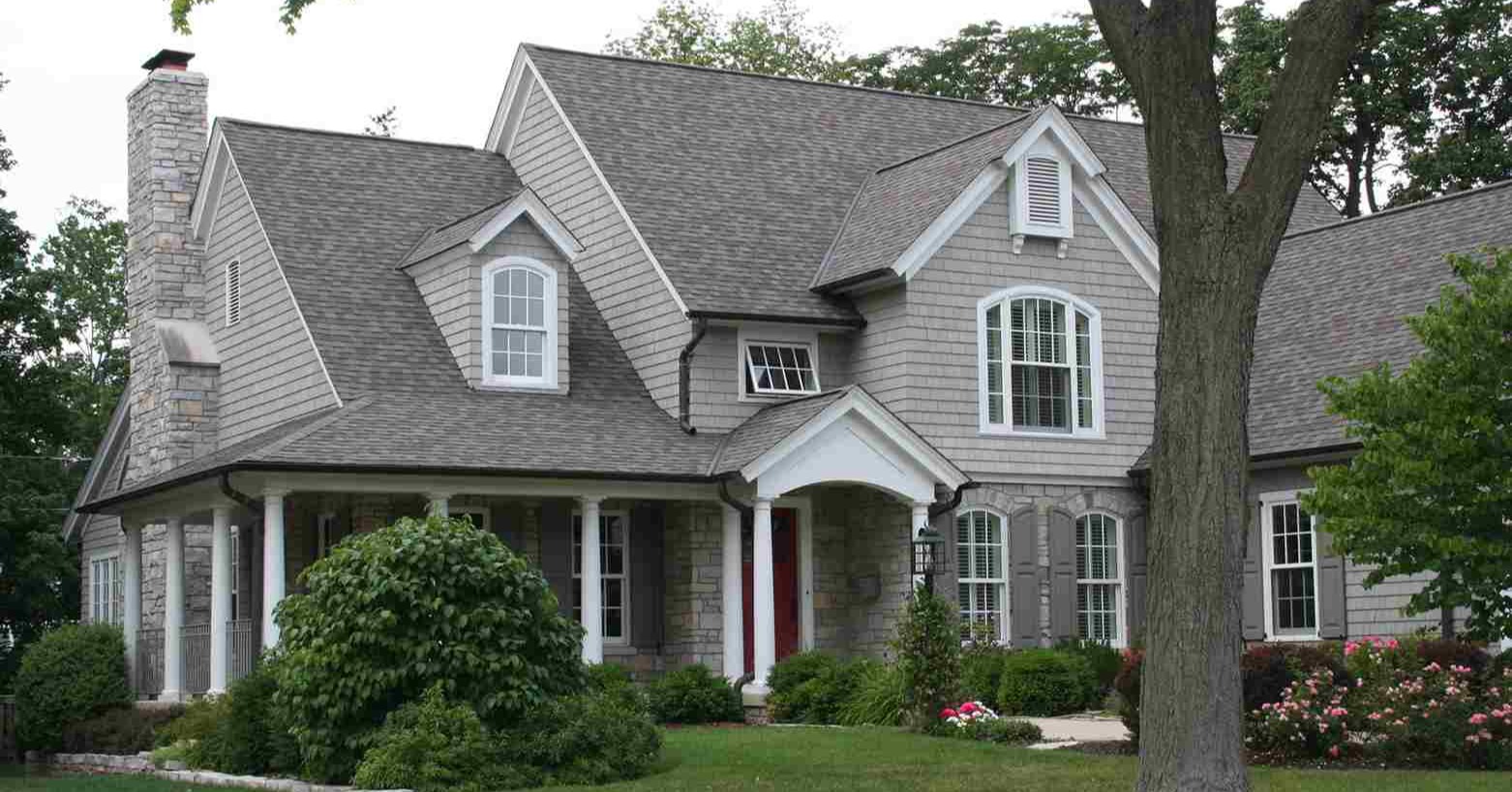



.png?width=1600&height=1600&name=park-place-attic-rendering-vs-actual%20(1).png)
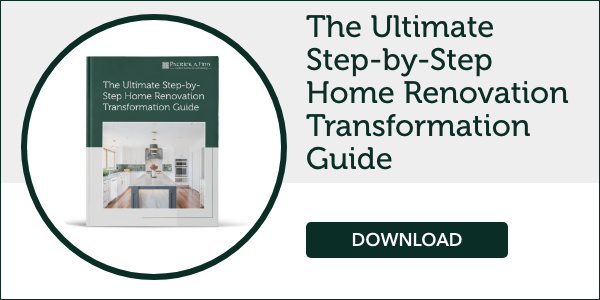




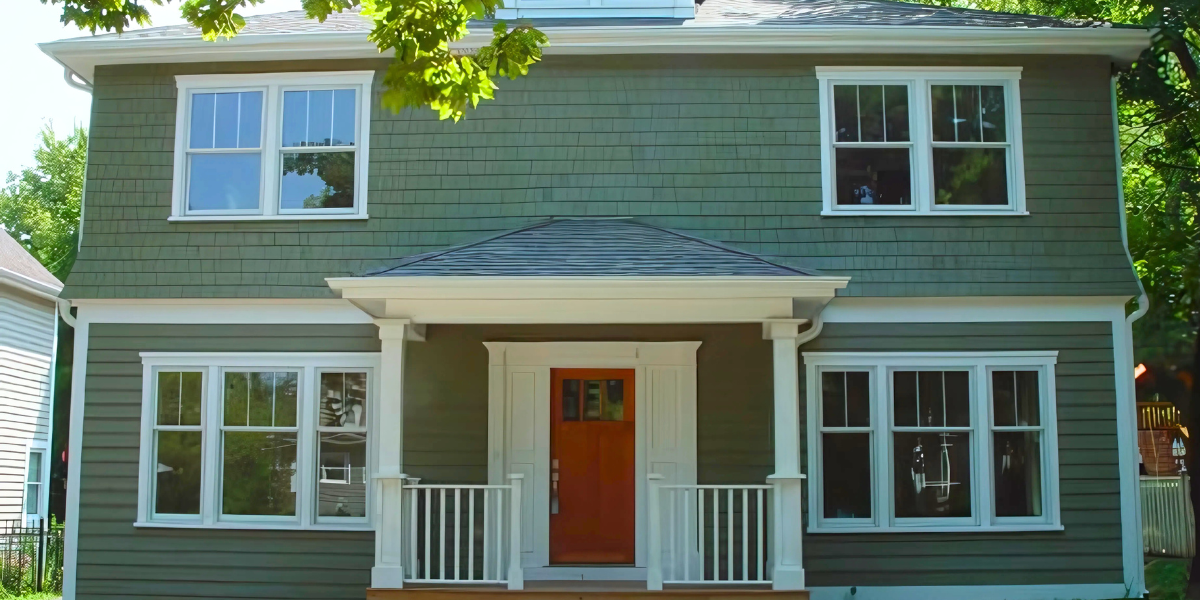
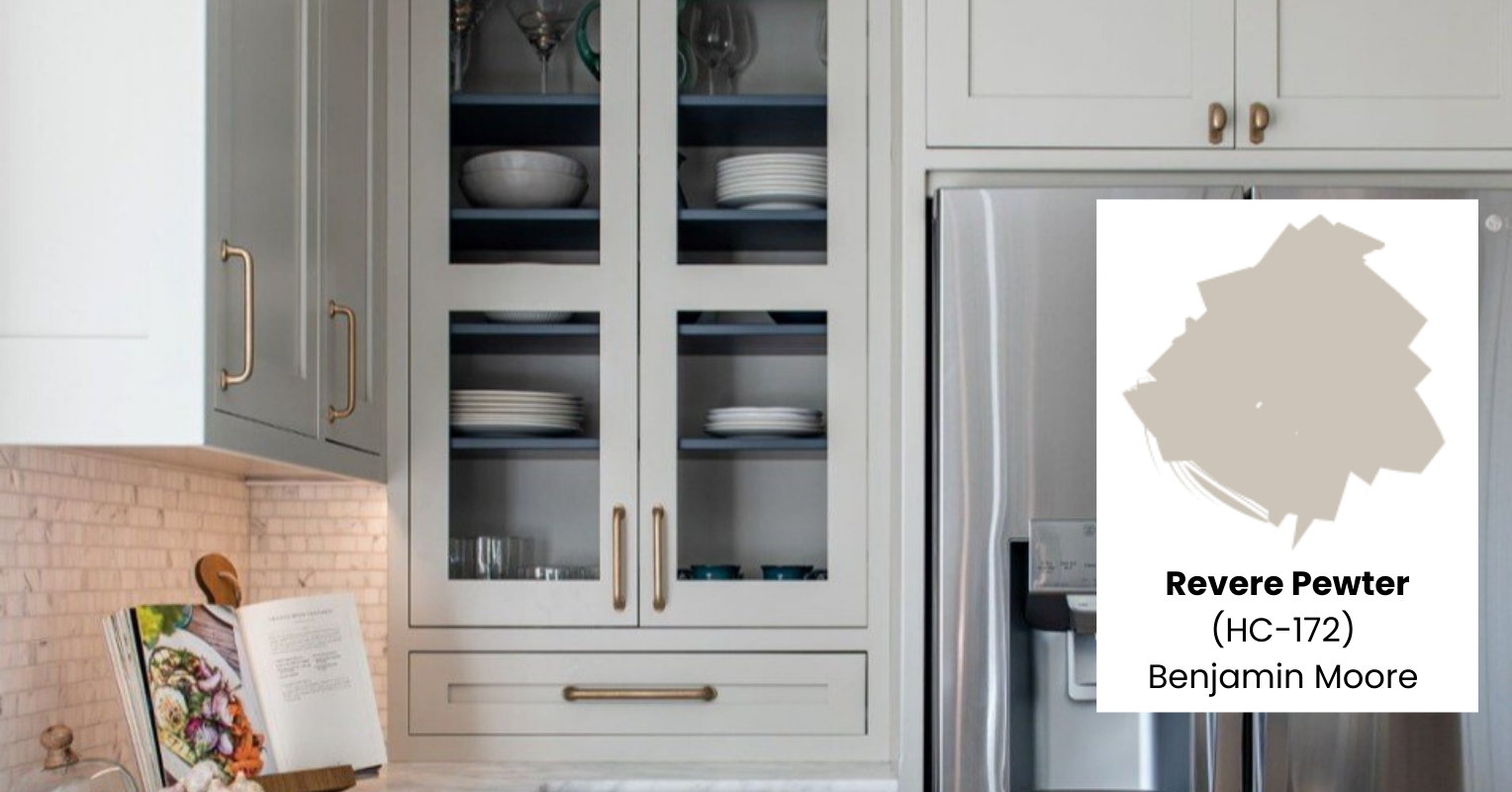


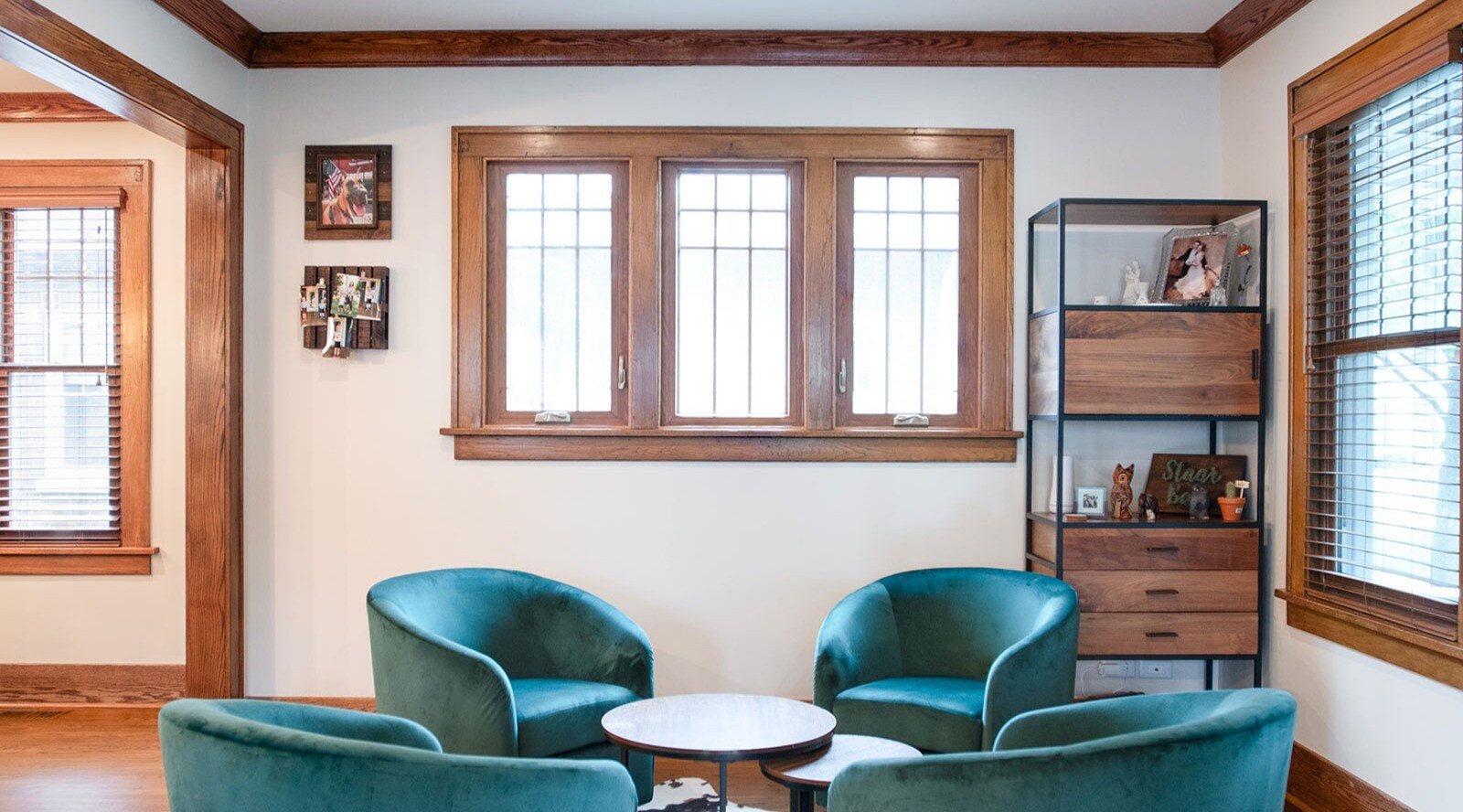



![How to Design an Open Floor Plan for Entertaining: Key Considerations [+Tips]](https://www.patrickafinn.com/hubfs/images/portfolio/Transitional%20First%20Floor%20Renovation/Arlington-heights-open-floor-concept-1.jpeg)
